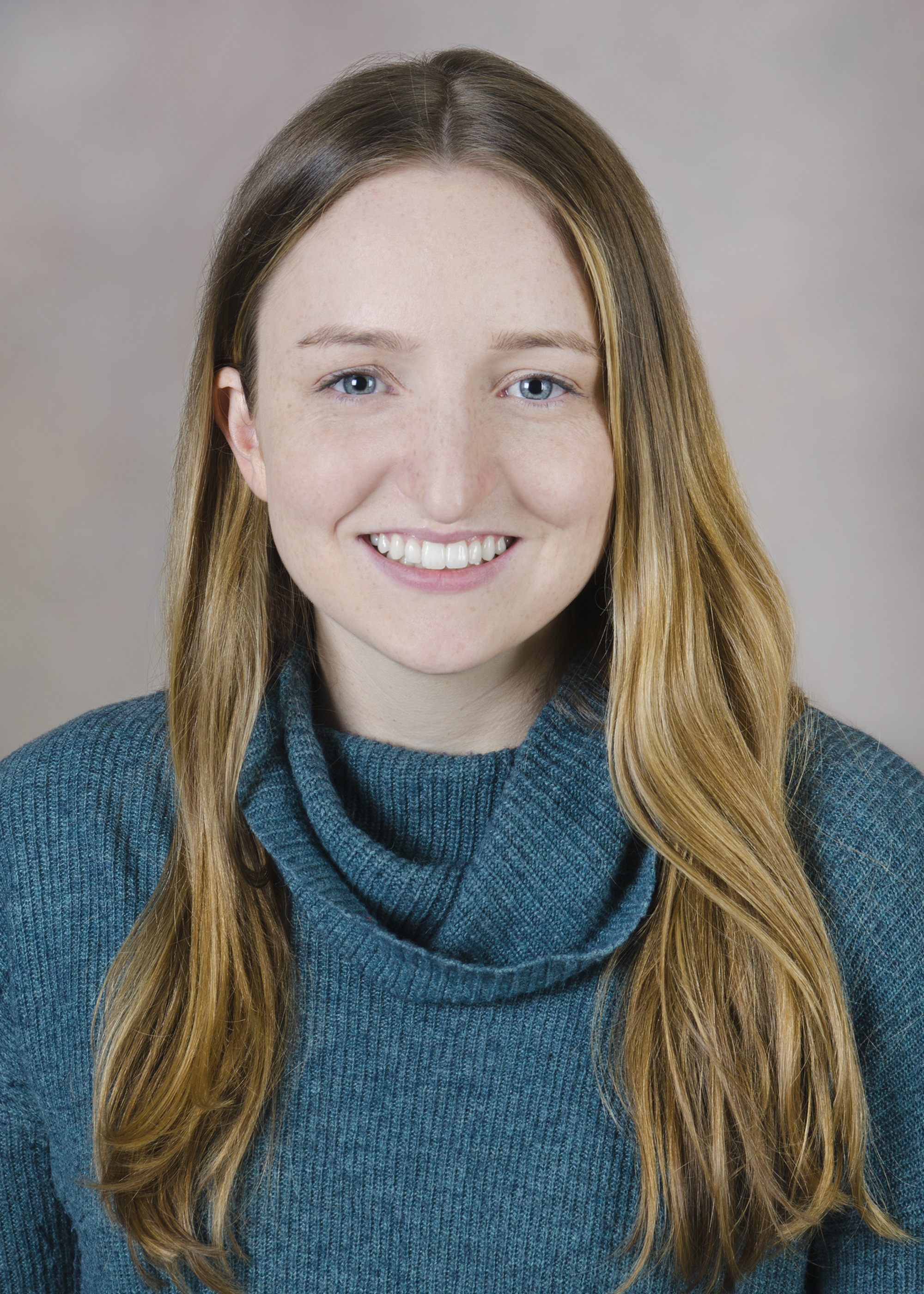Hello - I am trying to create some user-friendly communication books for three of my little boys who have limited verbal communication - the behaviorist from another agency calls it "Picture Exchange Card System" but I'm not sure how to create the resource so it will actually be of use for my guys. Do you have any advice (btw, this is the first year I have ever been blessed to work with children on the Autism Spectrum; the agencies who hosted school age programs in our county had to close their programs. Although I have learned TONS from my students, I feel horribly ill-equipped to empower them with what they need to give them "voices" so those who only listen with their ears can understand them...
Connieb18 - 1/25/2019


Hi Connie! Thanks for the question. I'm glad you are reaching out on behalf of your students. I do not have as much experience with children who have Autism spectrum disorders, my background in AAC is primarily with children and adults who have significant visual and motor access challenges to technology (CP, CVI, ALS). That being said, I have worked with a few individuals with ASD and have found the following resources helpful.
Praactical AAC: General resources for AAC (with lots of approaches and tips/tricks) can be found at Praactical AAC. This is a blog that covers a wide range of topics and is authored by AAC experts (Carole Zangari). From a really quick search on that website I was pointed to several different posts that have some tips for young children with ASD: https://praacticalaac.org/?s=a... . You can also follow them on fb or get added to their list serv to get regular posts.
Boston Children's Hospital Autism Language Program: The ALP at BCH also has a several resources online for this population. They might be worth looking through. In addition, Dr. Howard Shane has written some books regarding the considerations for this population.
ASHA evidence maps: The American Speech, Language, and Hearing Association evaluates journal articles for highest level of evidence for different treatment approaches. It can be a good way to evaluate if an approach is evidence based that you read about on blog or have recommended to you by another clinician. The link below includes a search of articles related to AAC approaches by diagnosis. You alternatively might find evidence under ASD category as well: https://www.asha.org/EvidenceM...
For the most part, I will defer to the experts on this question and have you explore these resources. In my very isolated experience working with children who have ASD as a primary diagnosis, I have targeted communication skills first in highly motivating activities/contexts and surrounding highly motivating topics and try to expand off from there. I have also investigated what symbolic representation is best for the individual (e.g. photograph vs picture symbol in general), what platform (e.g. high tech, low tech), and what display (e.g. grid of symbols, visual scene display) is best for the individual in question, based on repeated trials of the three and incorporating family opinion and support.
Good Luck! All the best!
Deirdre Galvin-McLaughlin - 1/26/2019